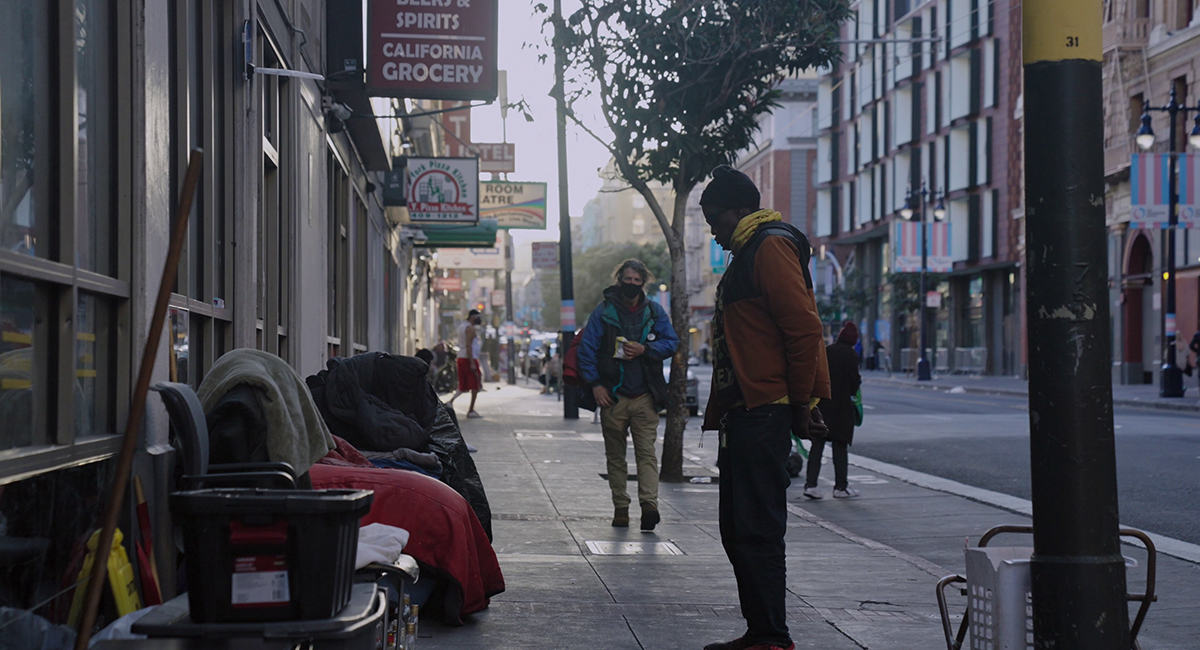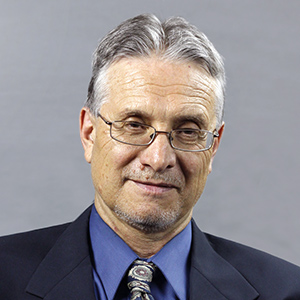In advance of the Asia-Pacific Economic Cooperation Summit (APEC), San Francisco is putting up black fence barricades around a special security zone. As some believe, the wall is to prevent protesters from approaching Xi Jinping’s motorcade, but the real purpose is to hide the city’s out-of-control squalor.
In recent years, San Francisco has become an open-air latrine, with maps marking out areas with heavy accumulation. This took place on the watch of Public Works Director Mohammed Nuru, who commissioned $400,000 for a study claiming the town was nearly spotless. Nuru, a crony of former Mayor Willie Brown, is now in prison on corruption charges, but the squalor carries on.
California’s Proposition 47 allows criminals to steal nearly $1,000 without facing felony charges. Since the measure passed in 2014, car break-ins have been on the rise. This year, they hit 15,000 by September, and, in most cases, police never make an arrest.
The city’s Tenderloin district has become an open-air drug market, with needles, feces, and bullet casings strewn about. On sale are meth and fentanyl, the synthetic opioid many times stronger than heroin. This goes on near Union Square and the shopping district.
“Downtown [San Francisco], once beautiful and thriving,” tweeted Elon Musk earlier this year, is “now a derelict zombie apocalypse.”
“[B]efore this APEC summit was even on the horizon, city officials essentially refused to lift a finger,” notes San Francisco resident and commentator Richie Greenberg.
With APEC in town, Gov. Gavin Newson and Mayor London Breed are deploying “high-powered spray guns to suds up the sidewalks, scrub down the BART [Bay Area Rapid Transit] trains and make the APEC security zone shine,” explains Greenberg, who compares it to the Potemkin villages used to deceive Russian royalty. This time, it’s “clean for Xi, but not for thee,” and, when APEC wraps, it will be back to drugs, tents, and squalor.
San Franciscans have a right to wonder why the city can’t be cleaned up for the residents, businesses, and tourists. California’s strategy for the homeless is a big part of the problem.
The state’s “Housing First” policy aims “to construct or acquire a permanent home for every person experiencing homelessness, often at taxpayer expense,” explains Lawrence J. McQuillan. This sounds good but defies state realities.
The number of homeless is growing, and, for every person housed, “up to four more people become newly homeless.” California is also “the second most expensive state to build housing, behind only Hawaii,” and moving takes five years or more. In San Francisco, one “affordable” housing unit averages $750,000, but costs can rise to $1.2 million.
From 2018 through 2022, California spent $17.5 billion on programs compliant with Housing First, to no avail. Newsom and city officials willfully ignore different approaches already proven to work.
High-tech shelter tents, like those used by the military, can provide living for hundreds of people. The tents are “scalable to fit” local needs, “safer and more humane than street life,” and closer to providers who can deal with root causes of homelessness. (For further reading, see “Beyond Homeless: Good Intentions, Bad Outcomes, Transformative Solutions.” Governors and mayors across the country can also check out the holistic, integrated approach that is working well in San Antonio.)
In San Francisco, meanwhile, people should not be fooled by the APEC emergency measures. “Clean for Xi” needs to become “clean for you and me” moving forward. If Newsom and Breed continue to shun proven, reality-based measures, San Francisco will remain a theme park for human misery.








